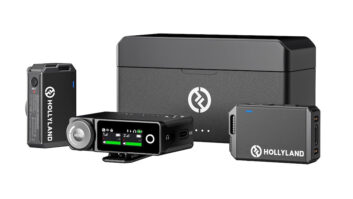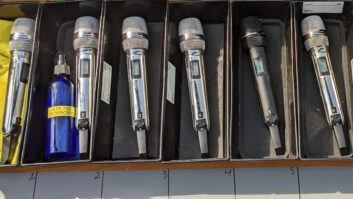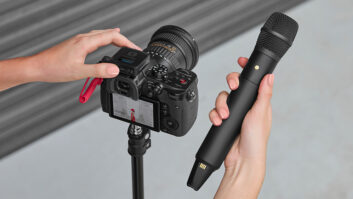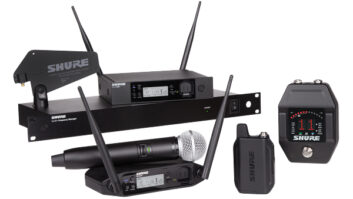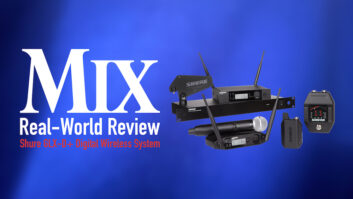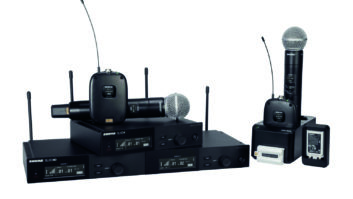The FCC has rescinded its October deadline for issuing new regulations governing use of the hotly-contested “white spaces” within the TV spectrum. Sandy LaMantia, president and CEO of Shure Inc., lauded the continuing efforts of a growing bipartisan group on Capitol Hill lending its support to wireless microphone interests.
“I want to thank all of the legislators in Washington who are calling for a thorough evaluation of these most complicated issues,” LaMantia said following the release of a letter signed by three members of the House of Representatives from Nevada urging FCC Chairman Kevin Martin to give mindful consideration to the debate. “Your support for the audio products industry and for Shure’s efforts to protect wireless microphone users has been invaluable.”
The letter’s authors, Shelley Berkley (D-Nev.), Jon Porter (R-Nev.) and Dean Heller (R-Nev.), are the architects of the latest bipartisan push to insure that meaningful and comprehensive interference protections are given to wireless microphone operation.
By definition, the white spaces are unused frequencies between television channels where wireless microphones have been deployed in licensed operation for decades. This open spectrum became the realm of controversy in recent years when manufacturers such as Microsoft, Philips, Intel, Dell and others began lobbying for quick rulings by the FCC that would open up the white spaces to unlicensed long-range broadband use and a host of unlicensed personal communications devices. In FCC testing of spectrum-sensing devices submitted by Microsoft and Philips, the FCC Office of Engineering and Technology found that these prototypes failed at detecting both digital television channels as well as wireless microphone operations, causing interference to the transmissions of both.
“We feel that the commission is well-served to rely on its engineers to develop a tight interference-free solution to the white spaces issue before allowing new products on the market,” Berkley, Porter and Heller wrote in their letter to FCC Chairman Martin. “The recent report released by the FCC’s Office of Engineering and Technology confirms our most serious concerns—that technology to permit safe cohabitation of unlicensed devices with wireless microphones just doesn’t exist.”
The Nevada members of the House also related comments from one of their constituents in the letter to Chairman Martin. Mark Dennis, audio engineer for the Cirque du Soleil show KÀ at the MGM Grand, was quoted as saying, “The term white spaces doesn’t fit when considering the state of the RF spectrum at play in Las Vegas today. Given the number of sophisticated live productions in Vegas right now, our spectrum is much more of a ‘dark-grey’ space. There’s little, if any, room for additional gear in this band in our area.”
Echoing the sentiments of the Nevada delegation, congressman Bobby Rush (D-Ill.) outlined a series of points he described as vital to resolution of the controversy in his own letter to Chairman Martin last month. Among other things, Rush also told the chairman that it is important that the FCC’s testing program fully evaluate the interference protection from unlicensed devices as a safeguard to wireless microphone operation. Rush also said that just like TV broadcasts and set-top converter boxes, wireless microphone transmissions should continue to get the commission’s full attention, and that the worst thing anyone needs is for the new unlicensed devices to be approved now with nothing more than a promise made to fix potential interference problems later.
Congressman Rush is the architect of The Interference Protection for Existing Television Band Devices Act of 2007 (H.R. 1320), a bill designed to shield users of wireless microphones and other devices that currently transmit in the white spaces from interference from new devices.
For more information, visit www.shure.com/ProAudio/PressRoom/WhiteSpaces/index.htm, www.govtrack.us/congress/bill.xpd?bill=h110-1320 and the Library of Congress’ THOMAS at http://thomas.loc.gov/.
